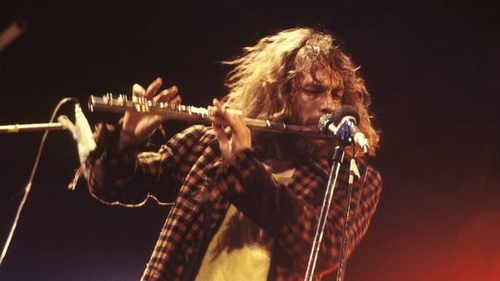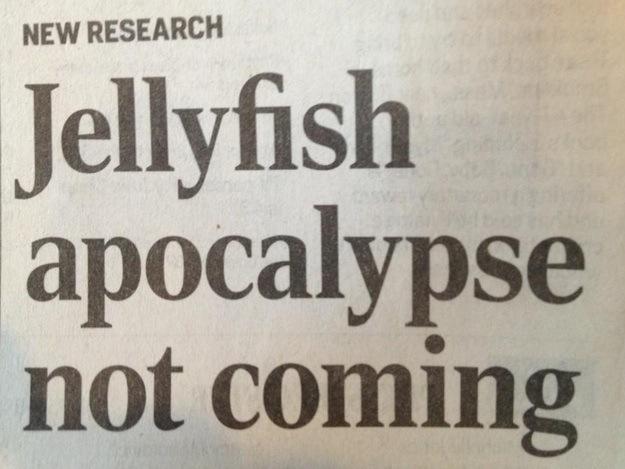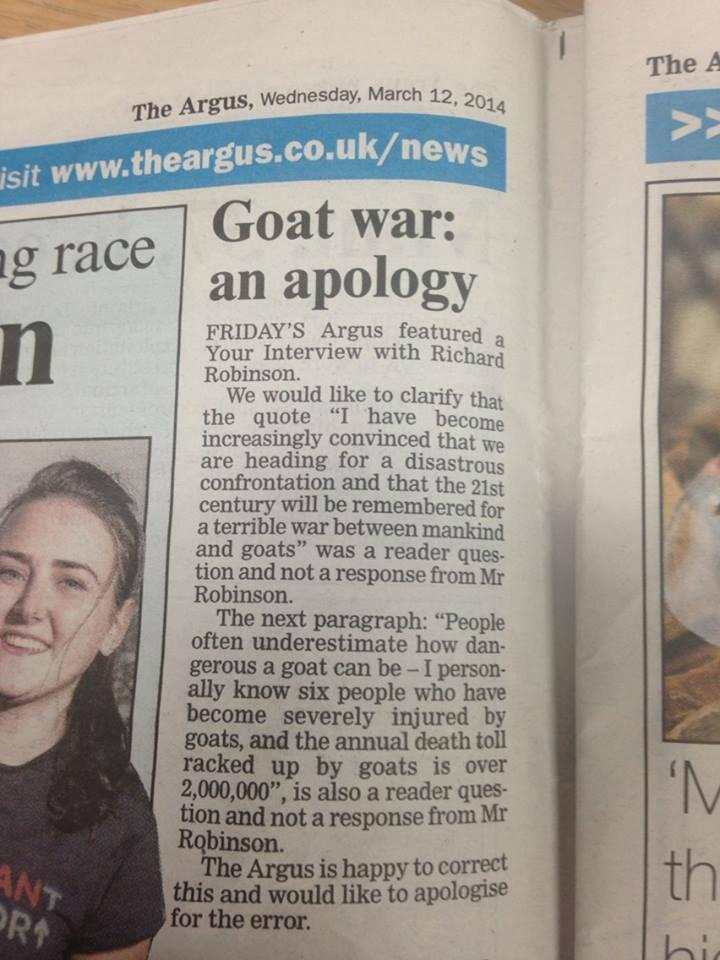One of the “vulgar errors” addressed by Sir Thomas Browne in his Pseudodoxia Epidemica (1646) was the belief that the legs of the badger are longer on the right side than on the left. This was generally accepted, and stated in many early books of natural history with considerable authority. Browne argued that the theory was completely absurd, deprecating Albertus Magnus, calling Aldrovandi in his support, and noting that Aristotle had said an odd leg was repugnant to the course of nature. He considered the cases of spiders, frogs, and lobsters in making the case for badgers having legs of equal length.
Edmund Gosse was a great admirer of Browne and wrote a monograph on him for Macmillan’s English Men of Letters series in 1905. Browne on badgers provoked Gosse to a rare fit of exasperation:
Meanwhile, we cannot help asking ourselves why the learned sceptic did not immediately get hold of a real badger, and measure his legs. He says that “upon indifferent inquiry, I cannot discover this difference” in the length of them ; but why did he not make sure for himself? It is true that badgers are extremely shy and mysterious in their movements, and that, no doubt, it was not every sportsman in the neighbourhood of Norwich who could boast of having dug one out of its earth. It is perhaps to ask too much for us to wish that, in the zeal of his zoology, Thomas Browne himself, with a sack and a pair of badger-tongs, and accompanied by some trusty yokels and a cross-bred bull terrier used to the business, should have worried the bowels of earth in some copse on a starlight night, and have procured a badger for himself. But, surely, an observer so curious might have bargained with some farmer who lived out Catton way, or close to a snug rabbit-warren under Earlham, for a specimen of so common an animal, He comes to the correct conclusion, that the monstrosity is ill-contrived, “the shortness being affixed unto the legs of one side, which might have been more tolerably placed upon the thwart or diagonal movers”. Quite so ; but how briefly the question might have been settled once for all with a tape measure on the dead body of a badger.






